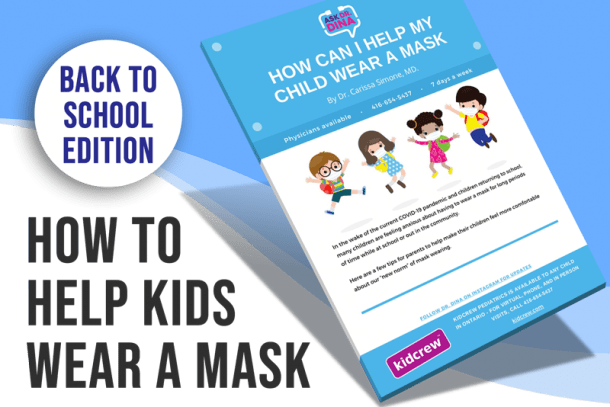Playground Safety – How To Keep Your Kids Safe At The Playground
Playground Safety is easy and requires just a little effort from Mom and Dad. This weekend my kids and I were at the playground four times – Four! We couldn’t get enough of the nice weather, and my kids needed to run around after so many days spent inside because of the rain and cold.
The question is how do we best keep them safe when they are at the playground? Playground accidents account for many of the head injuries and fractures that we see in the emergency room each summer. Many of these injuries can be prevented with proper supervision. If kids know how to play safely they will be less likely to get hurt.
Playground accidents account for many of the head injuries and fractures that we see in the emergency room each summer. Many of these injuries can be prevented with proper supervision.
Supervision and Playground Safety
You should not allow your child to play at the playground without making sure you or another adult is watching – REALLY watching. Kids can get into trouble quickly and may need you at a moments notice. Kids and adolescents are not able to predict danger as easily as adults, and accidents can easily happen.
Playground design
You may notice that the playgrounds of today look quite different than those when we were growing up. In the 80s and 90s playgrounds were most often made of splintering wood, and had asphalt, concrete or sand underneath them. It turns out that these materials contribute to injuries.
The surface under a playground should be soft and thick to soften the impact of a fall. Ensure that your playground does not have concrete, asphalt, grass or soil underneath. The play space should be free of rocks, tree roots and stumps. Woodchips, sand, shredded rubber or rubber mats may be safe if they are thick and loosely packed. The surface material should ideally be 12 inches thick, and extend at least 6 feet beyond the edge of the structure.
Age-based design
Many new playgrounds are built with a child’s age in mind. Our local playground has equipment for ages 2-5 years and 5-12 years. This way the older children have their own space, and the younger kids can worry less about being trampled.
At your playground, check to see that guardrails and ramps are designed for your child’s age, to avoid falling or trapping limbs. Openings on equipment should measure less than 3 inches or greater than 9 inches to avoid trapping your child. Swings should be designated for older and younger kids, with swings for younger children having a spot for each leg, which is more secure. Toys with moving parts should be checked to ensure there is no part that can crush a child’s finger.
Make certain that no equipment is broken and no wood is splintering or metal rusting. Regular maintenance is important to ensure the surfaces remain lightly packed and cover all required areas. Hazardous materials such as broken glass should be cleared regularly. Sharp metal pieces should be fixed. Trash should be removed often.
What to teach your kids
If your kids know the dangers in the playground they are more likely to avoid them.
- Teach your kids never to run behind or in front of a moving swing or too close to the bottom of a slide.
- They should learn to slide feet first and climb holding onto the rails.
- Kids should not climb with a backpack or helmet on, as these can get caught and cause injury.
- Never use the playground when it is wet, as falls are much more likely.
- Never wear scarves, necklaces, purses or clothes with drawstrings, which can get caught.
- Always remember to wear sunscreen when playing outside, even on cloudy days.
Now get out there and play safe!
Read more about the inevitable cuts and scrapes of childhood, wound closures and garden safety.
Dina is a wife, mother of 4, and adrenaline junky. She loves to share children’s health information from her professional and personal experience. More About Dr Dina.










